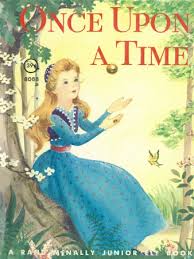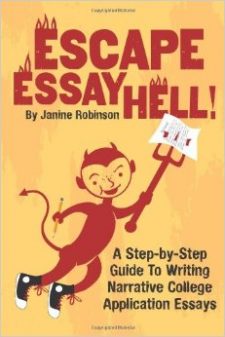
College Application Essays
How to Tell a Story
In journalism, writers often use “anecdotal leads,” that is, starting a news or feature story with a mini-story about a real-life event, one that puts the reader in the middle of the action.
Usually, the anecdote only describes a single moment or incident.
But it’s usually a highlight.
Something happened.
Anecdotes make great introductions for college essays. (I believe there’s no better way to “grab” your reader than to start a story–or your essay–at the most exciting part!) So how do you write an anecdote? Here are some tips.
- Start at the peak of the drama or excitement or conflict. Jump right in! (You will just back up and explain it later.)
- Set the scene: Describe what you see, what you hear, what you feel (both literally and figuratively), what you smell and taste, if relevant. These are called sensory details.
- Use the 5 Ws—Who was involved? What happened. Where did it happen? When did it happen? Why did it happen? ( “H”: How did it happen?)
- Paint a picture with your words, or even better, describe a snippet of video. Zoom in on the action.
- Usually the “action” in your anecdote takes place in a matter of a few minutes.
- Throw in a line or two of dialogue to add drama or move the action forward.
- Use “concrete details.” Be specific! Instead of saying, “The dog ran up to me.” Say, “the neighbor’s bull terrier, Brutus, charged me…”
- In general, use short sentences or mix up the short and long.
- Don’t worry about the background or explaining the larger context of the moment. You can back up and explain that in the next paragraph.
- Borrow techniques you find in fiction writing: concrete details, dialogue, proper nouns, descriptive language, emotion, strong characters, etc.
- Use simple language (avoid SAT vocab. words). Write with nouns and action verbs. Go easy on the adjectives.
- If your mini-story (anecdote) takes three paragraphs to relate, try to go back and see if you can cut it down to two or even one paragraph by keeping only what you need to re-create the moment. You will be surprised how you can shorten them, and actually make them better!
“Writing is easy. All you have to do is cut out all the wrong words.” Mark Twain
Here is another post about how to write anecdotes that you will find very helpful, too!
Check out my new video tutorial on How to Write an Anecdote: Part One!







Thanks for this information, its so funny, I stumbled on your blog on Anecdotes. I have to submit one today. Thank you
I appreciate your information by the way is this like introduction of my life story?
Are you saying the common app essay can be a one paragraph anecdote?
Thanks Corrine. I advise students to consider using a paragraph anecdote (mini-story that illustrates something about their main point) to START their Common App essay. Keep reading how to do this on other posts, or in my book, Escape Essay Hell, on Amazon. Good luck! JR